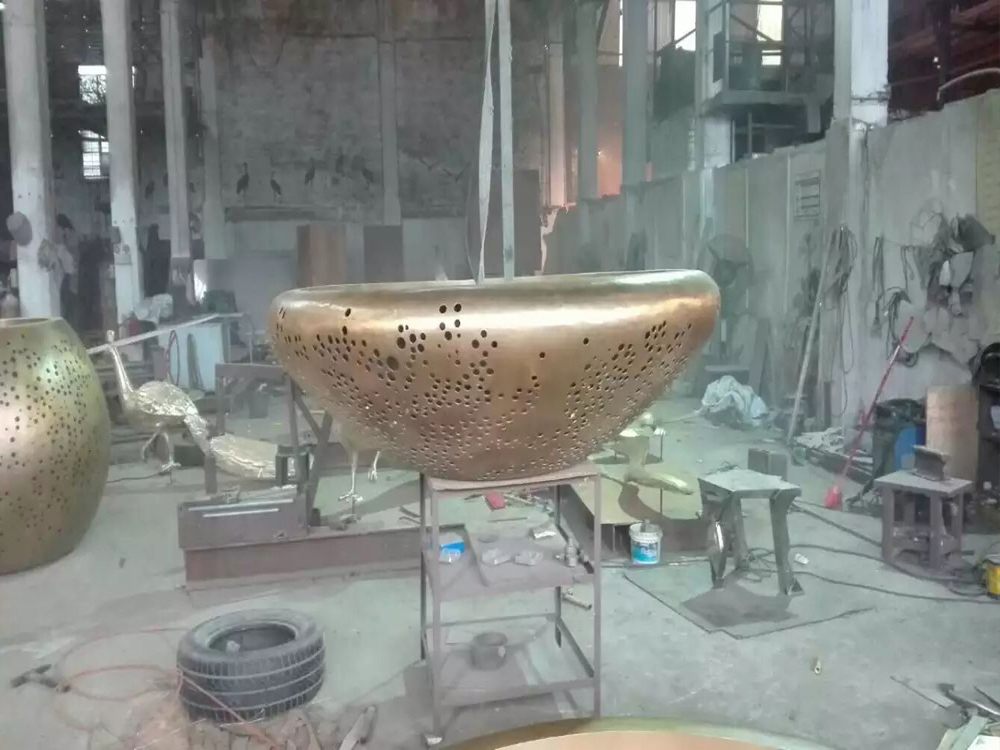
Wood carvings sculptures serve as a bridge between cultural heritage and modern tourism, playing a pivotal role in revitalizing local economies. These intricate artworks, often rooted in centuries-old traditions, attract tourists seeking authentic cultural experiences. Artisans who specialize in wood carving not only preserve ancestral techniques but also create unique souvenirs that generate revenue for communities.
In regions like Bali, Oaxaca, or Bavaria, wood carvings have become iconic symbols of cultural identity, drawing visitors to workshops and galleries. Tourists often participate in hands-on carving classes, fostering deeper connections with local traditions while supporting small businesses. The global demand for handcrafted sculptures has also opened export opportunities, further boosting regional income.
Beyond direct sales, wood carvings contribute to destination branding, enhancing a locale’s appeal in travel marketing. Festivals showcasing these sculptures amplify foot traffic, benefiting nearby hotels, restaurants, and transport services. By merging artistry with entrepreneurship, wood carvings transform cultural assets into sustainable economic drivers, proving that tradition and prosperity can thrive together.

